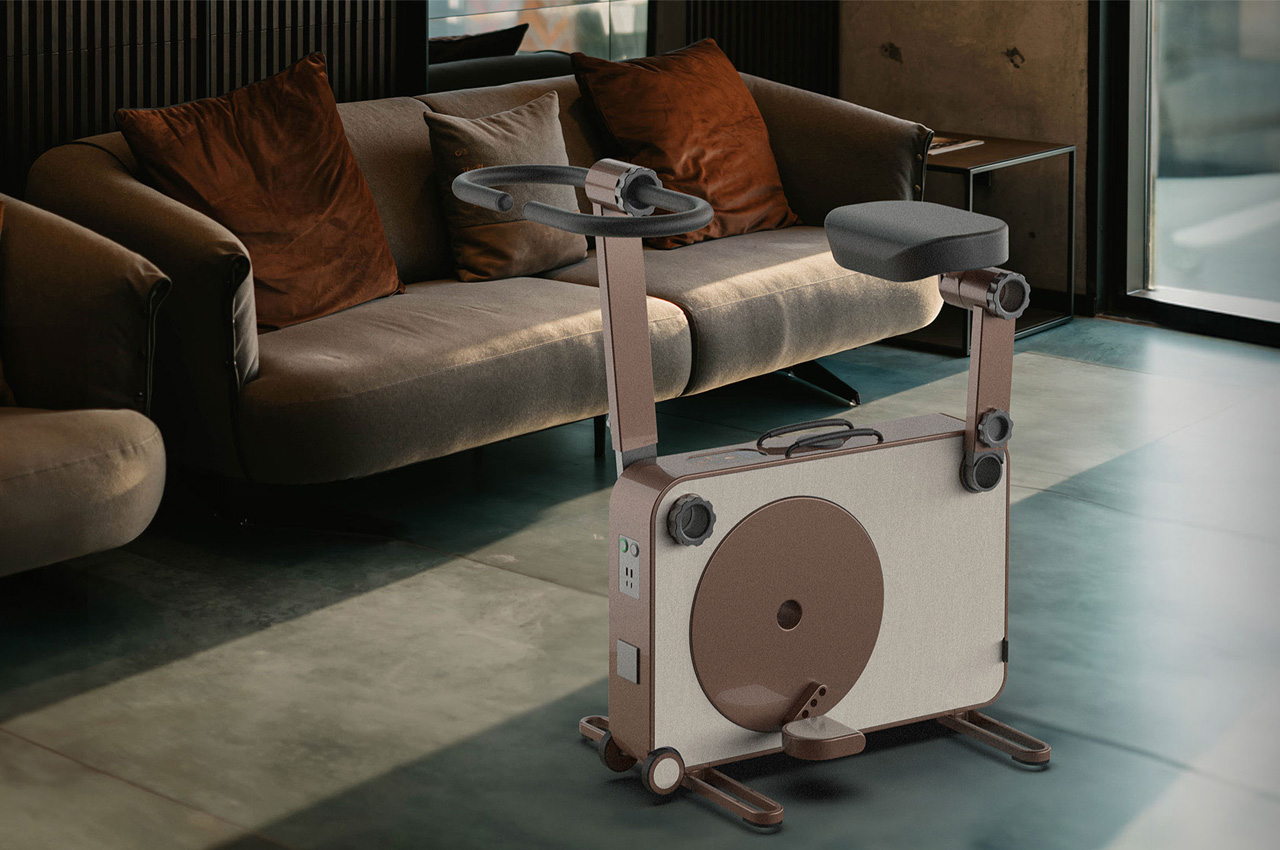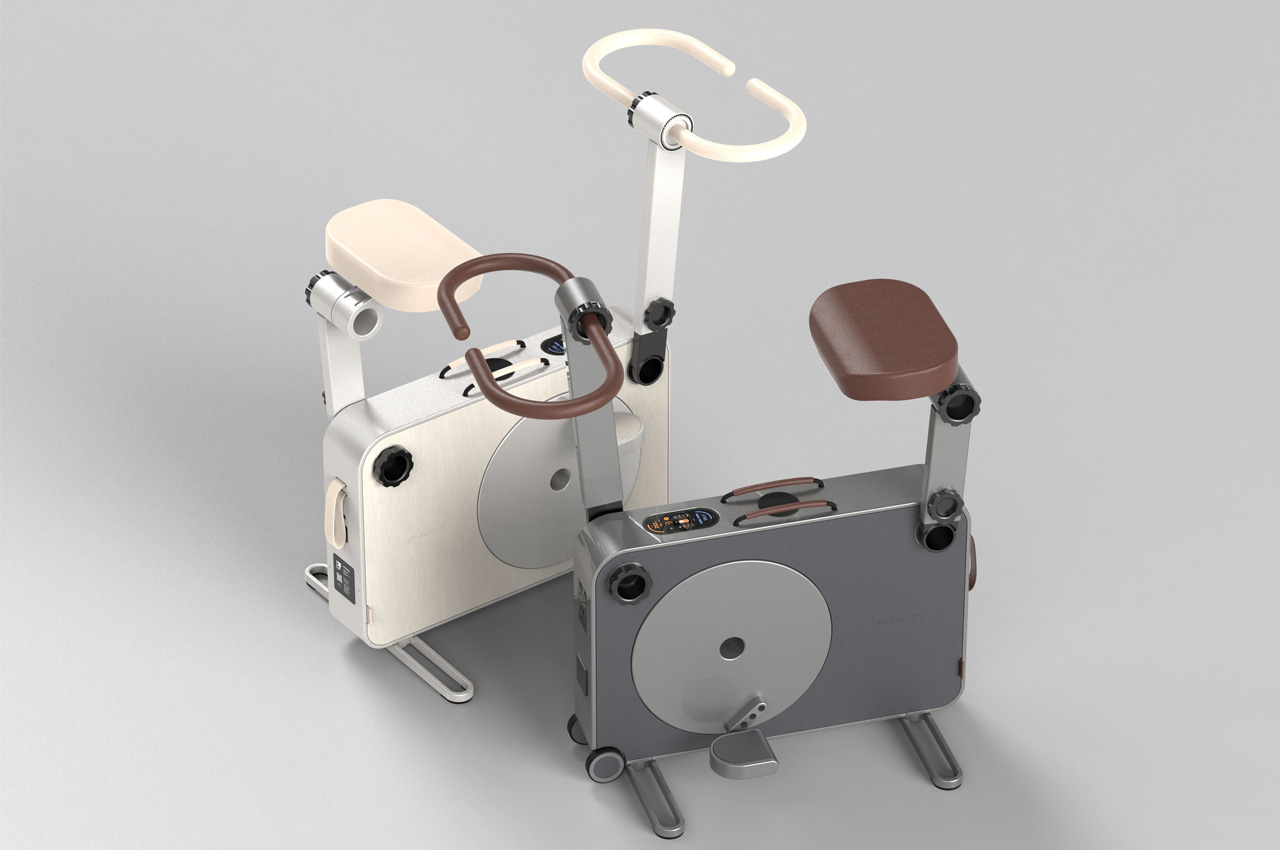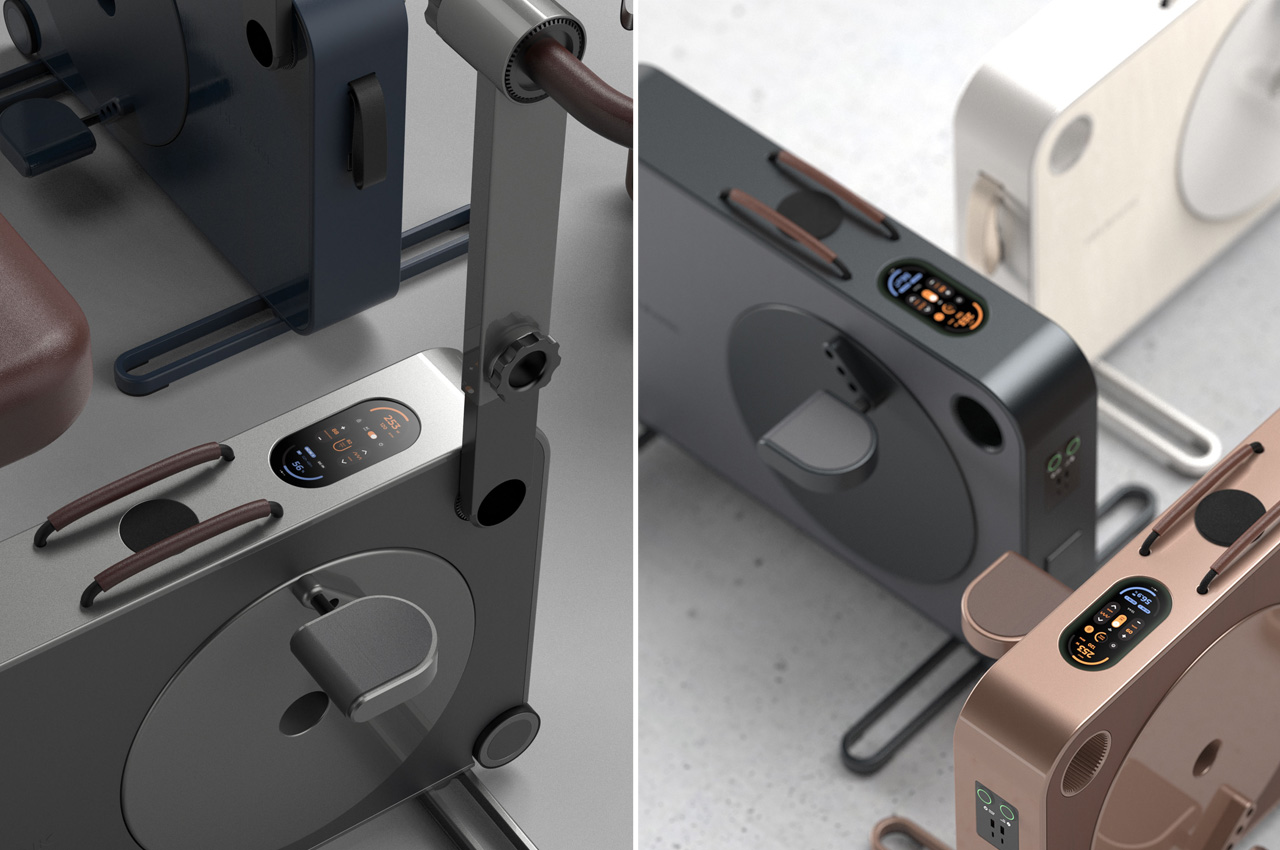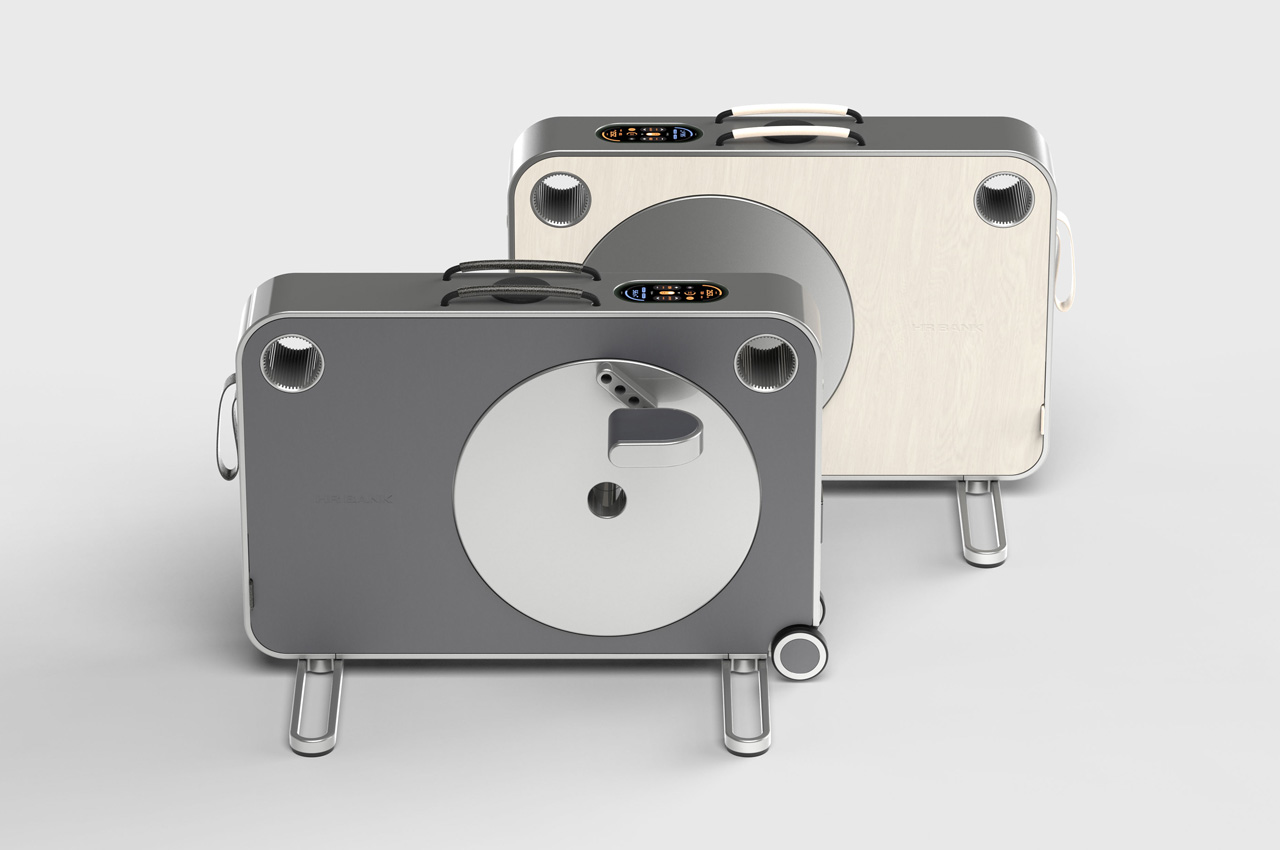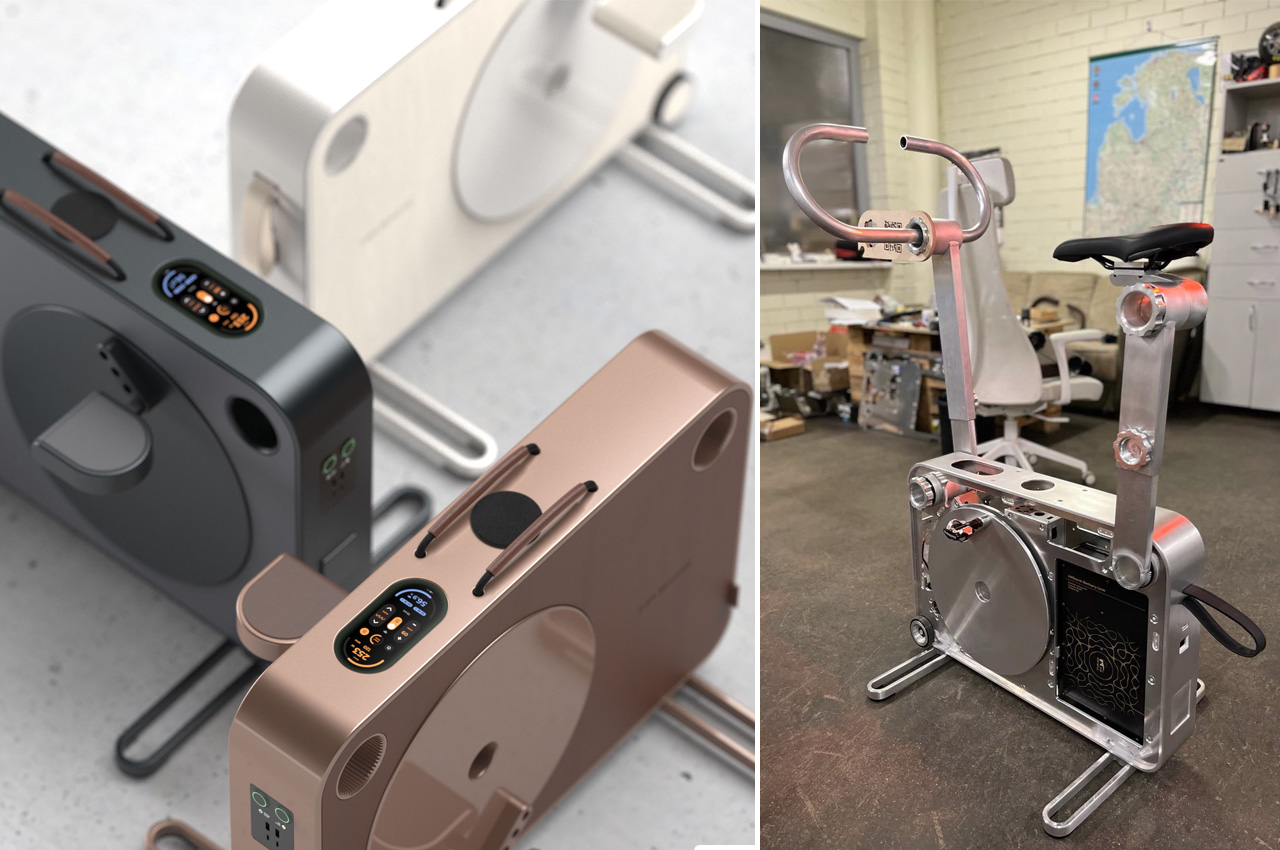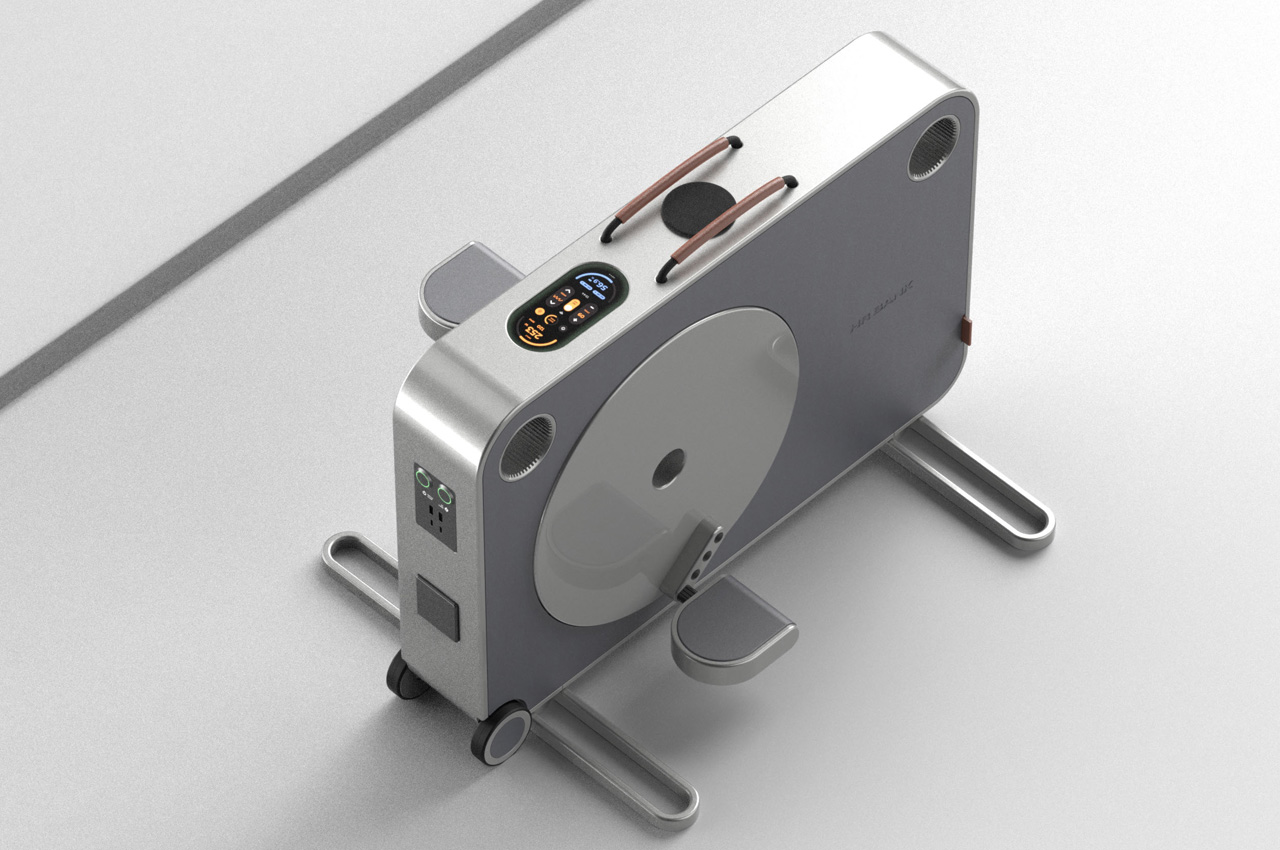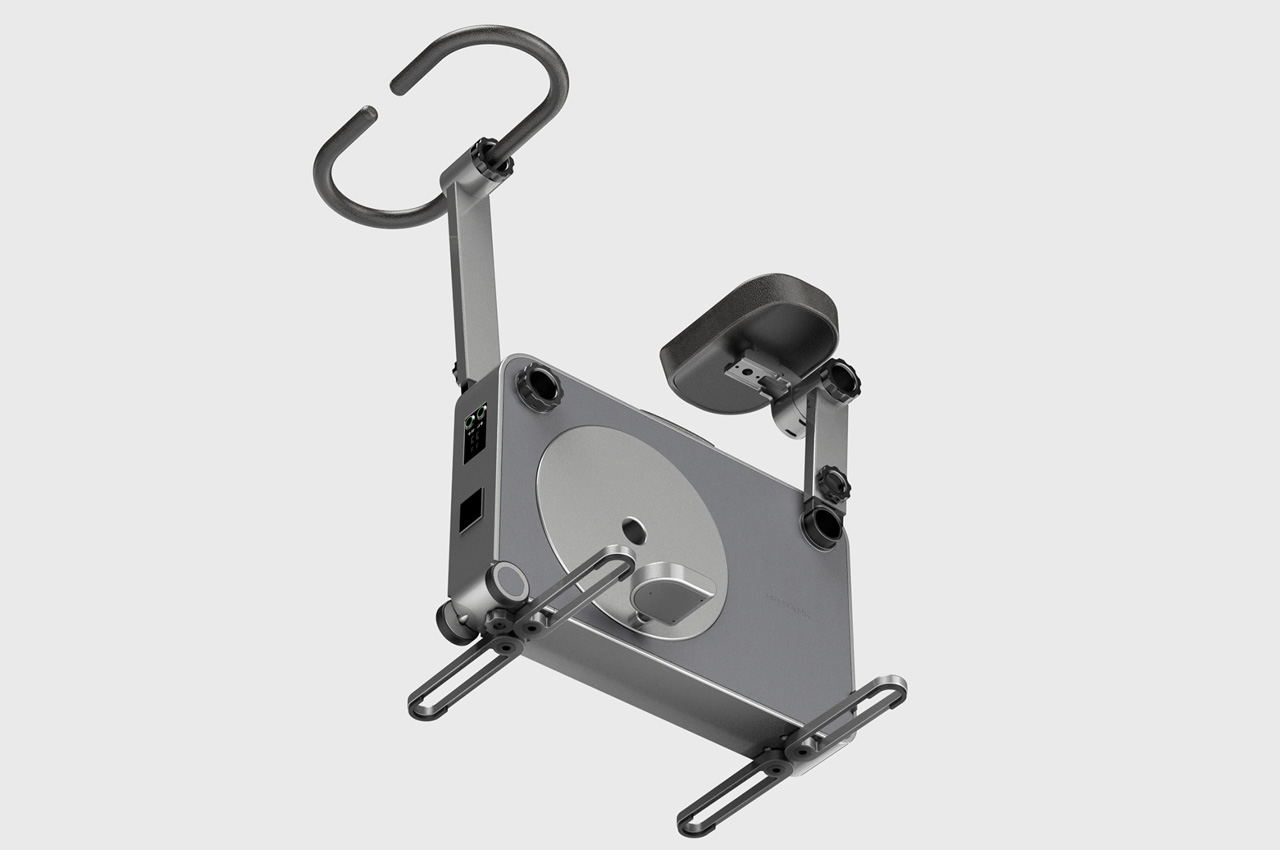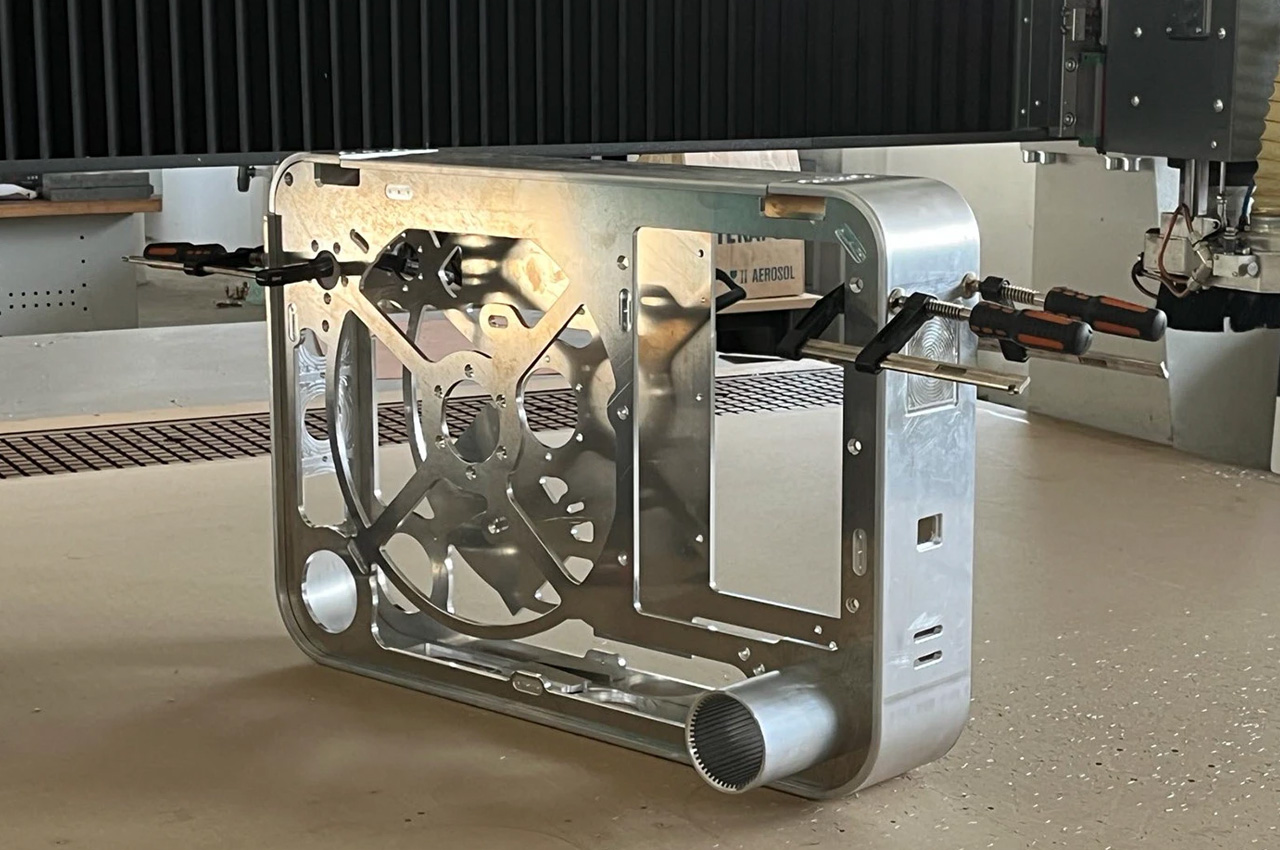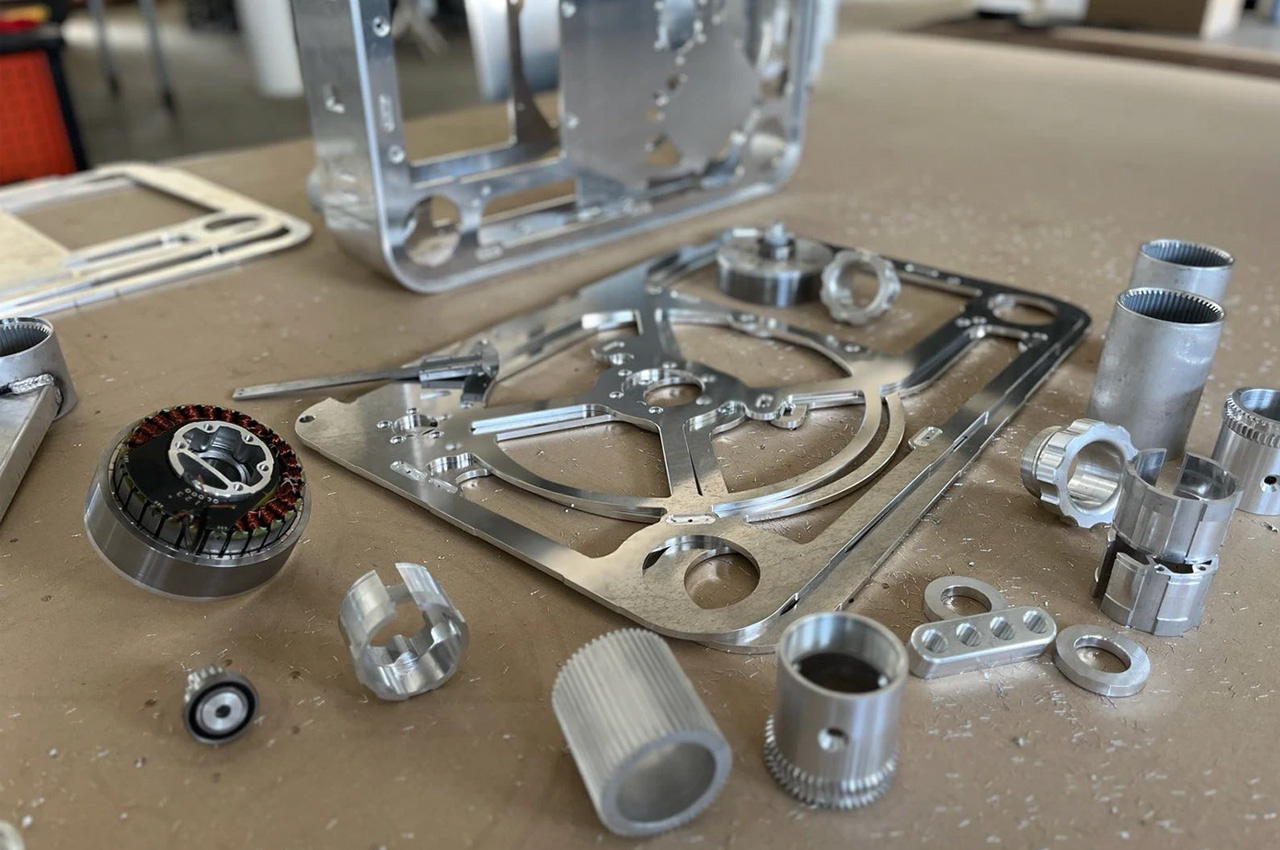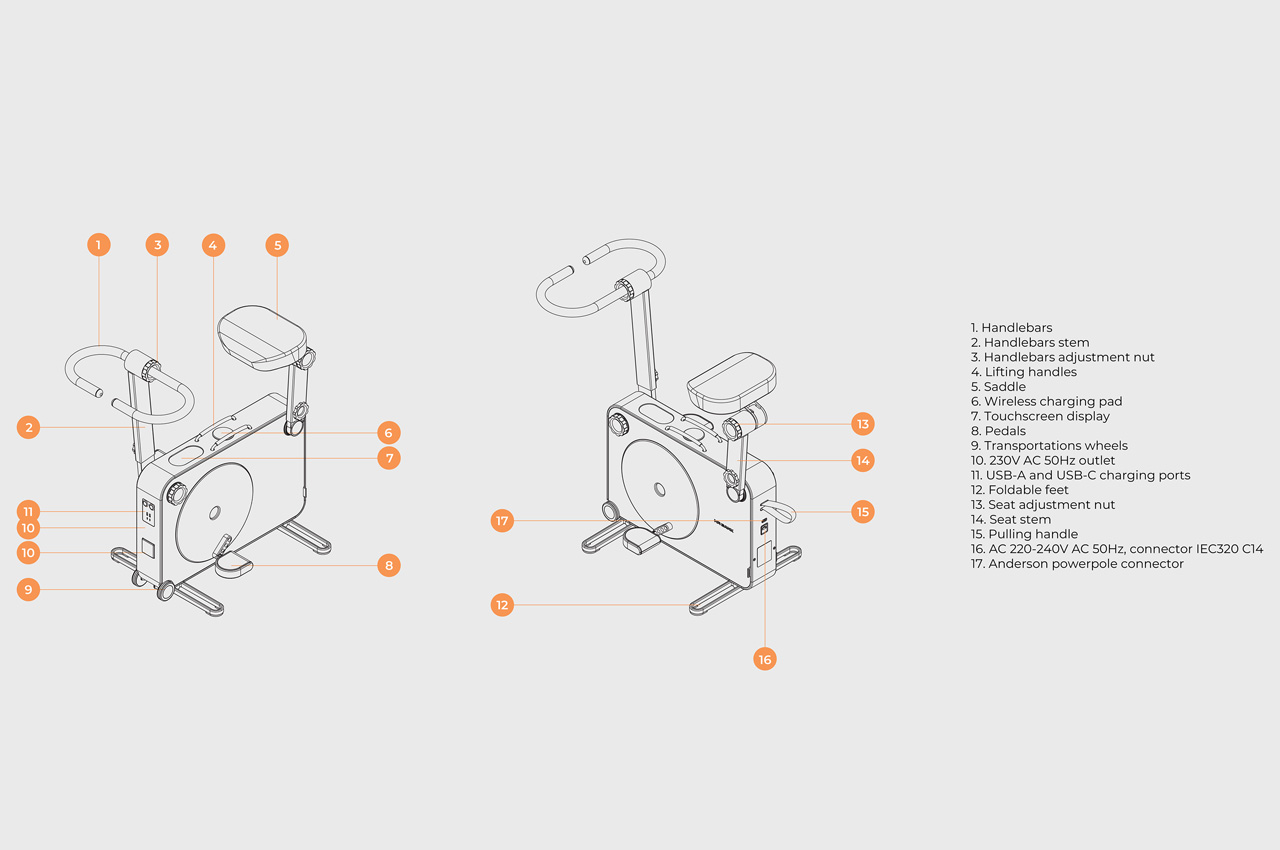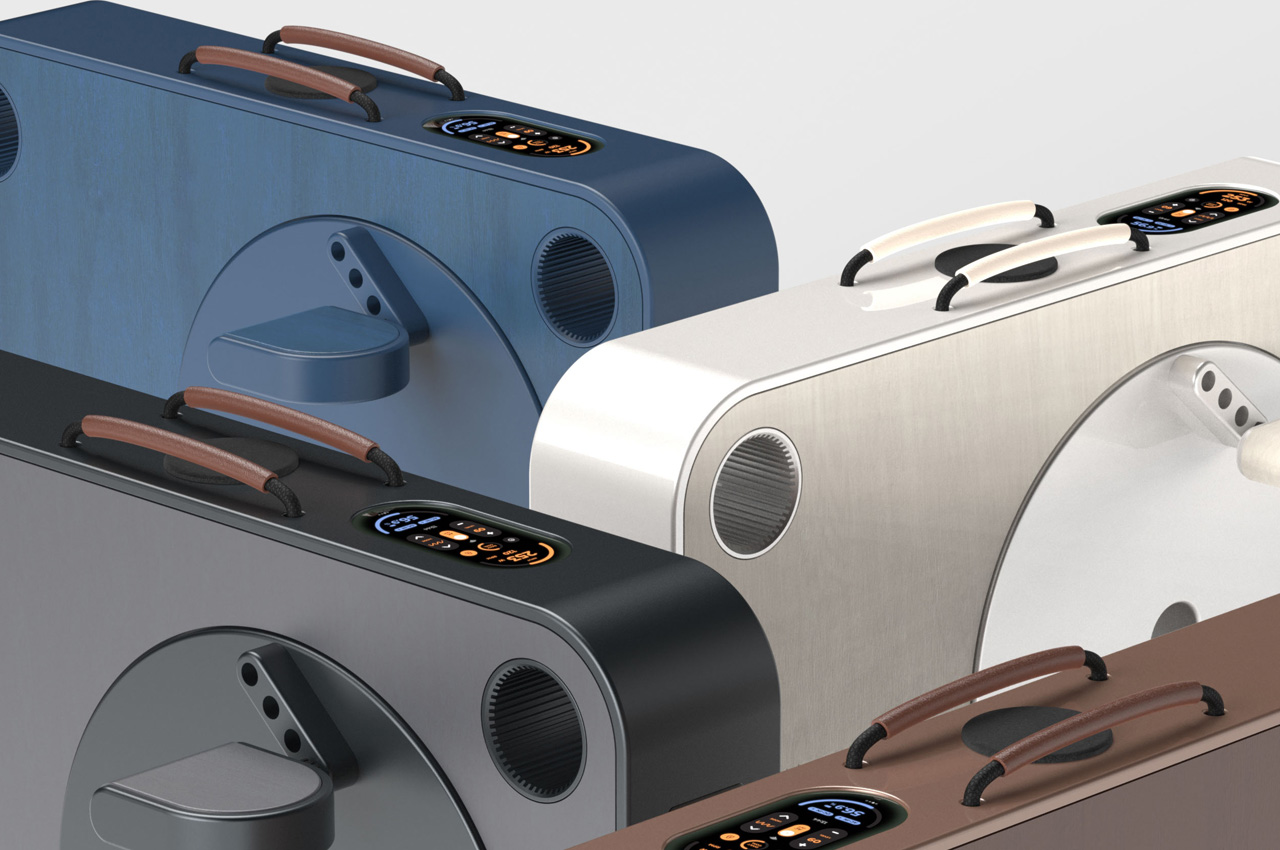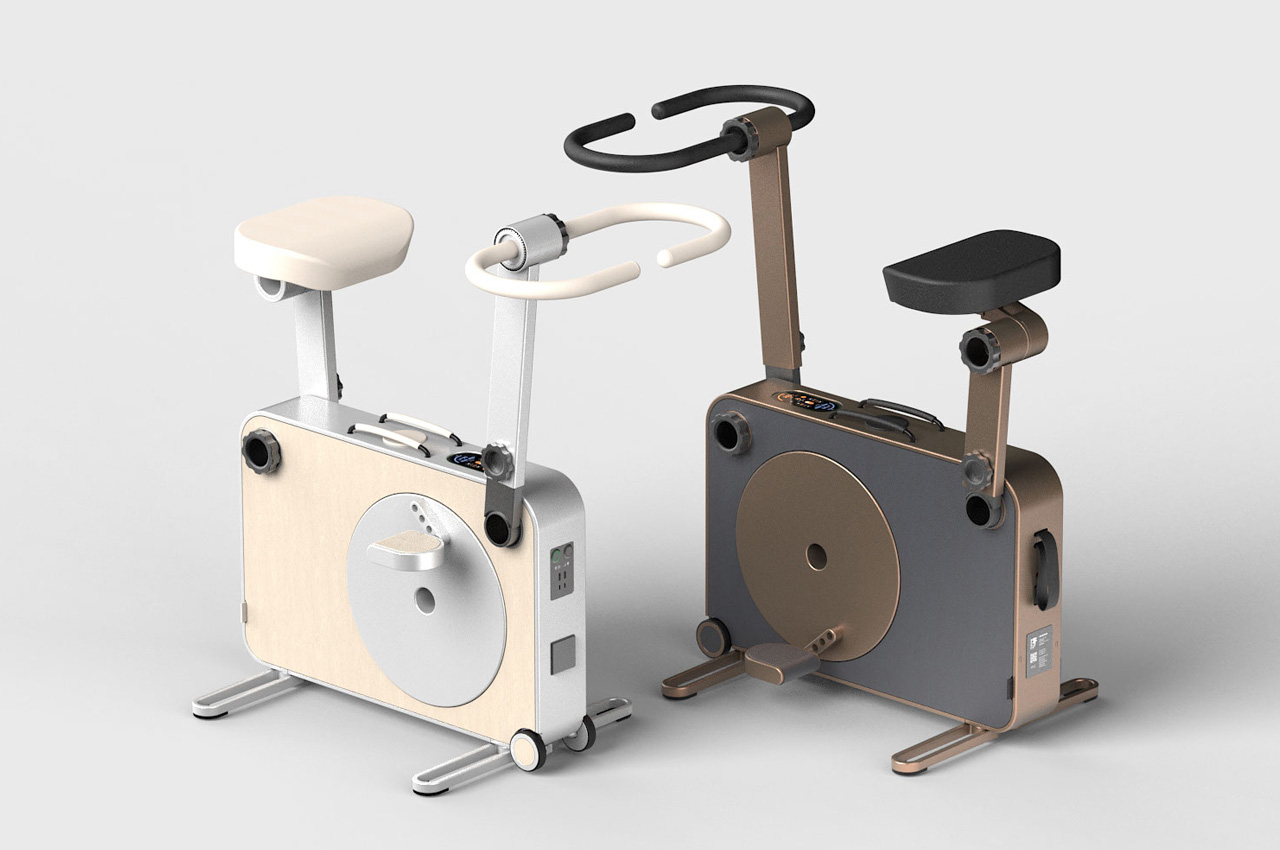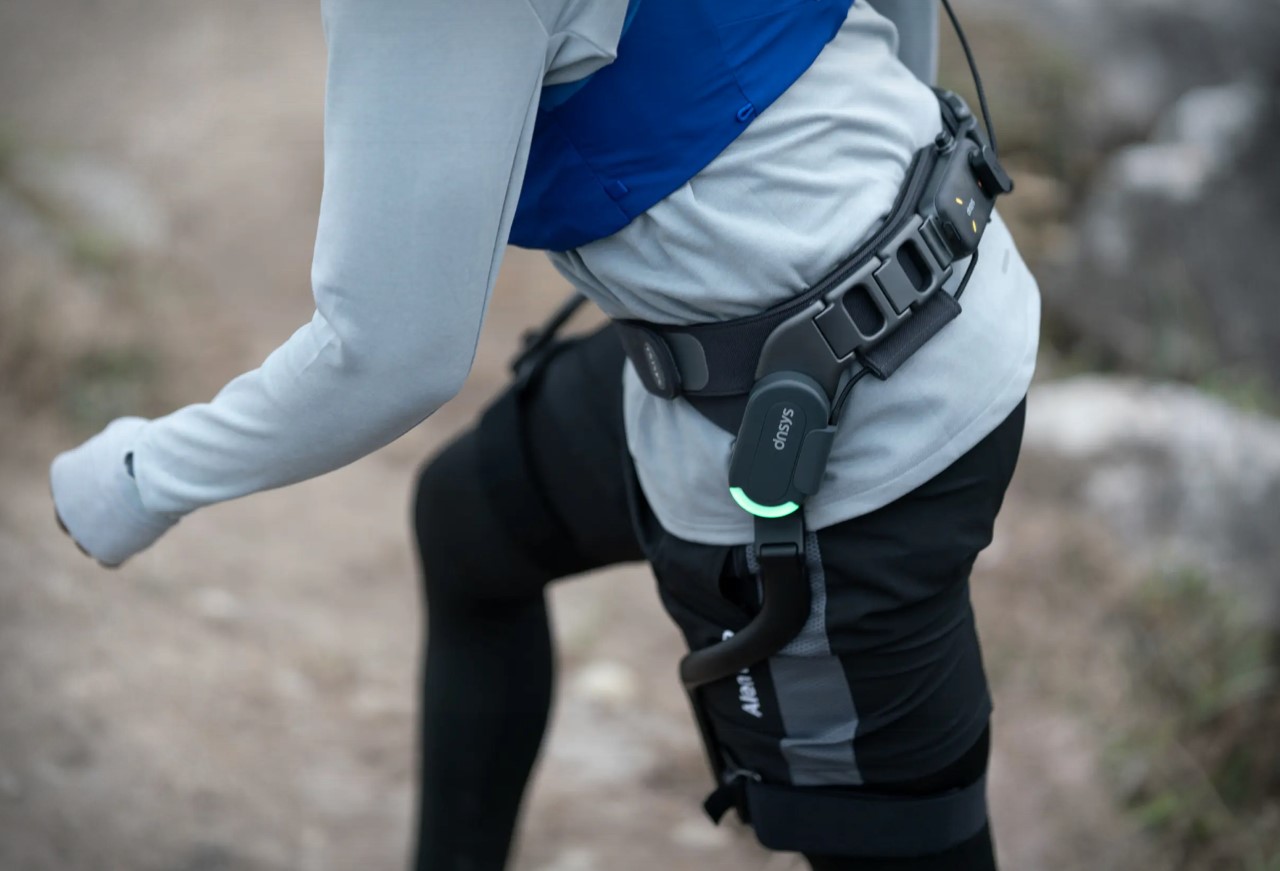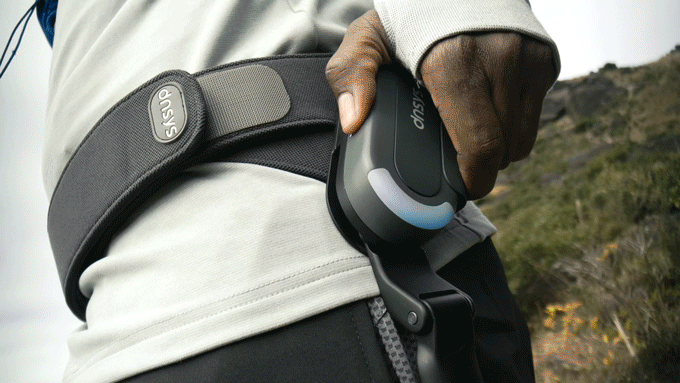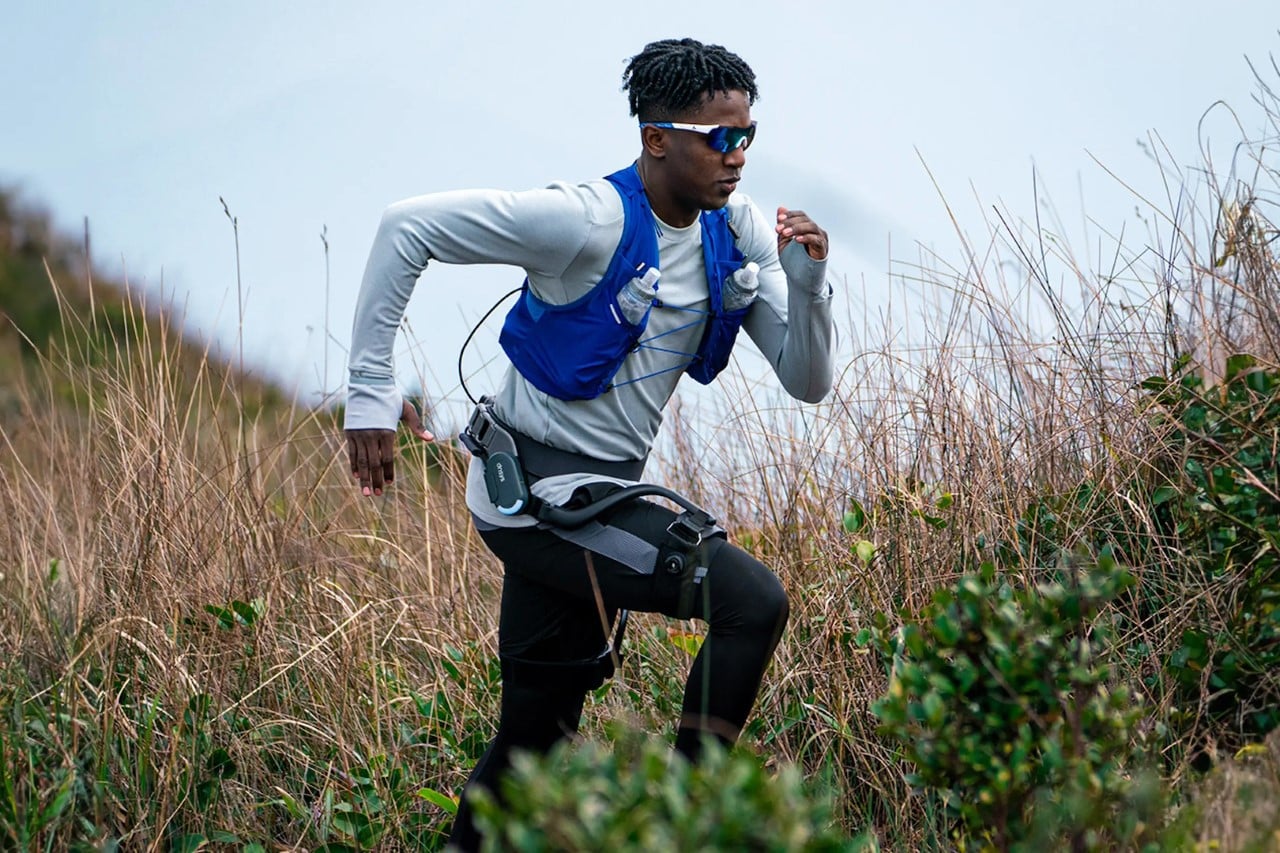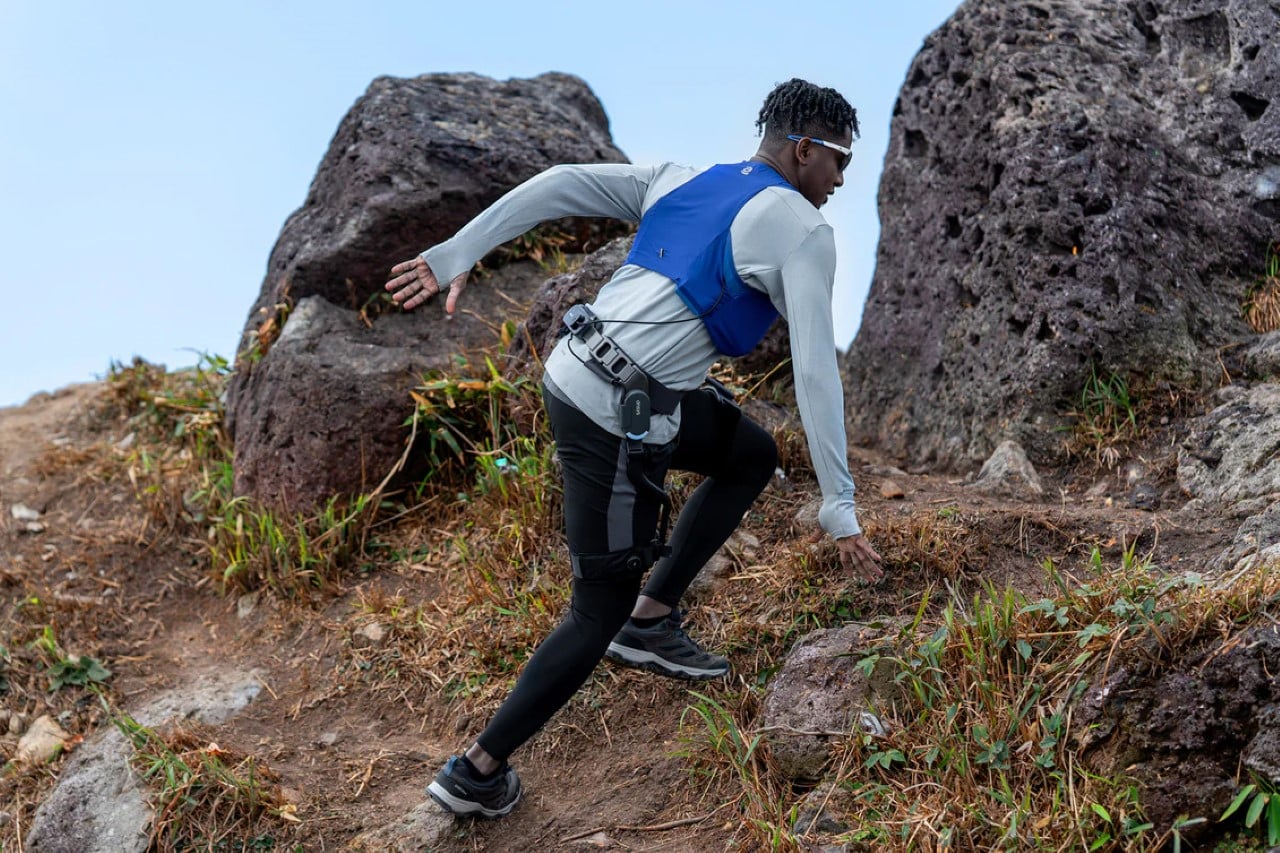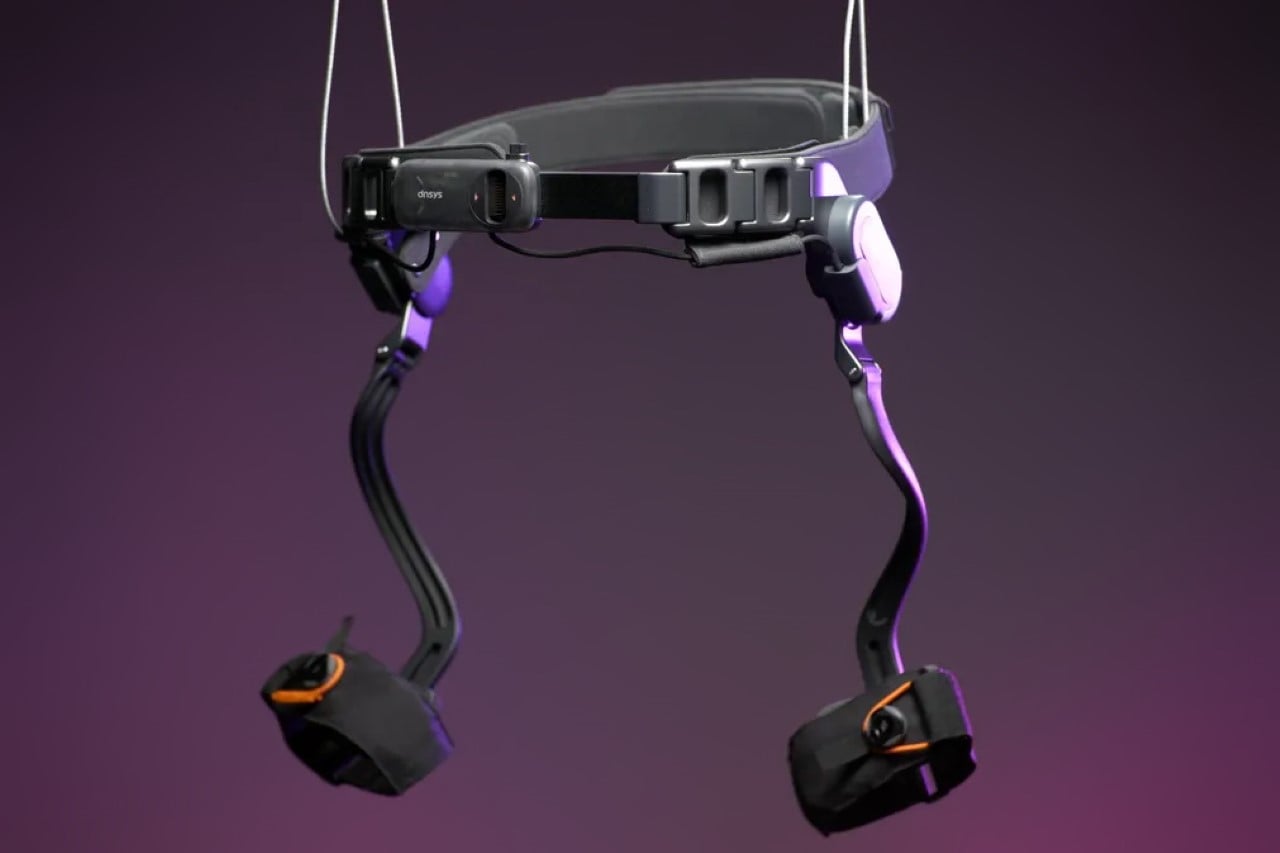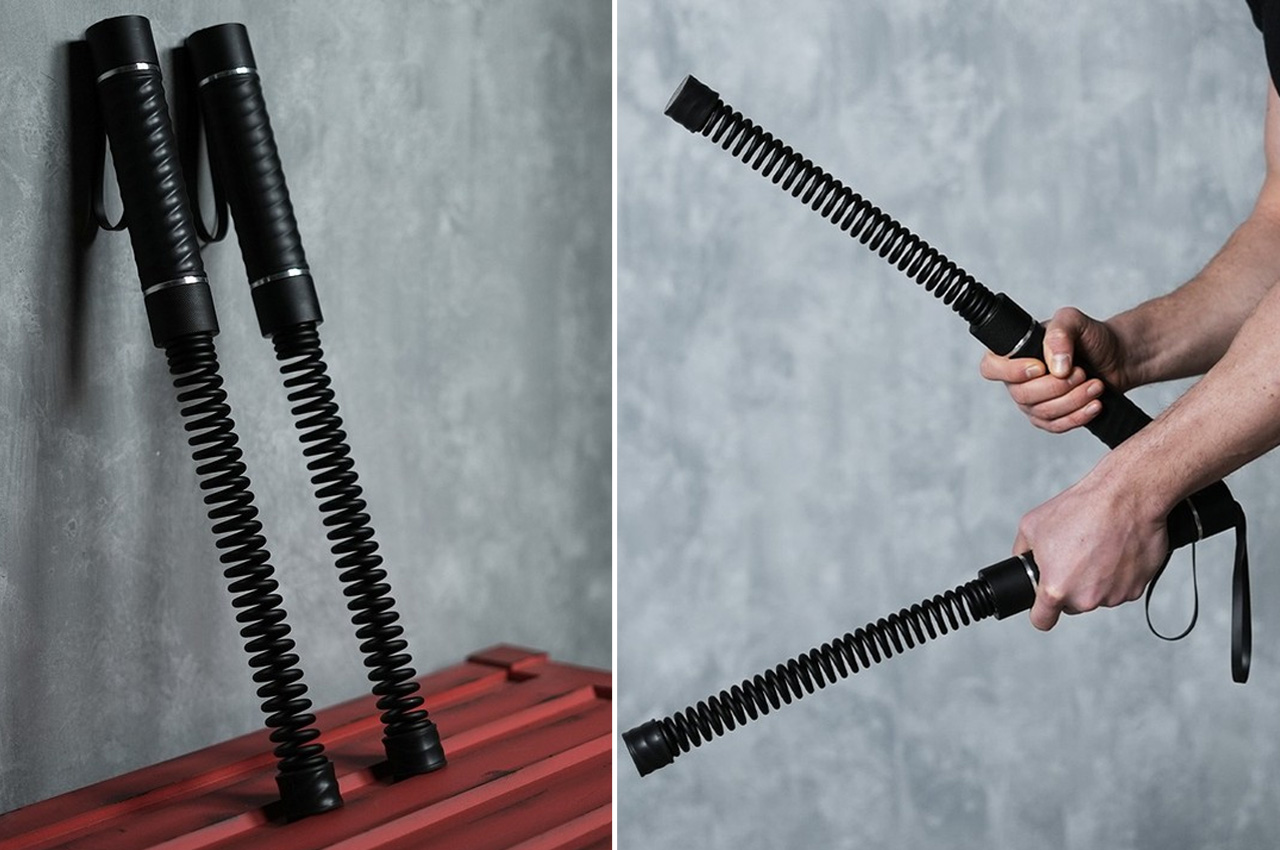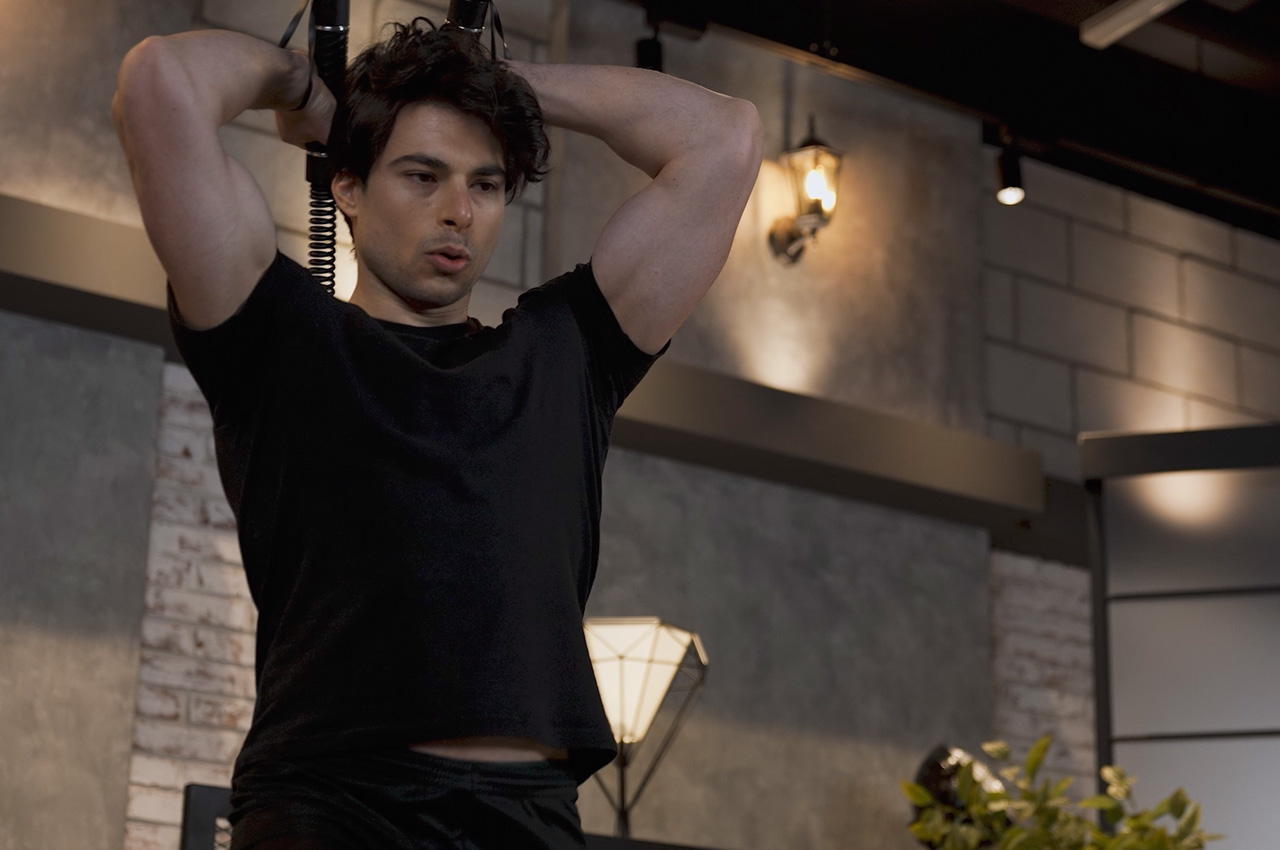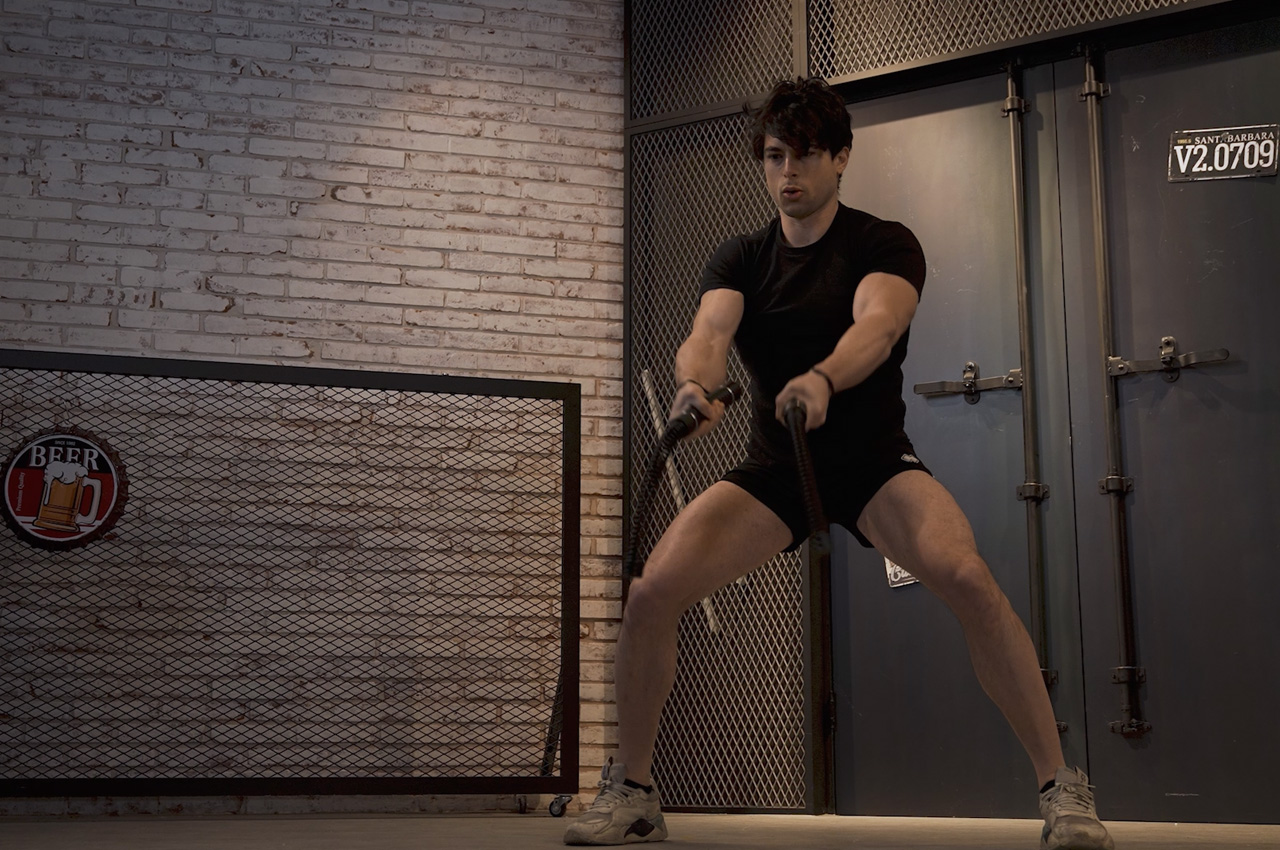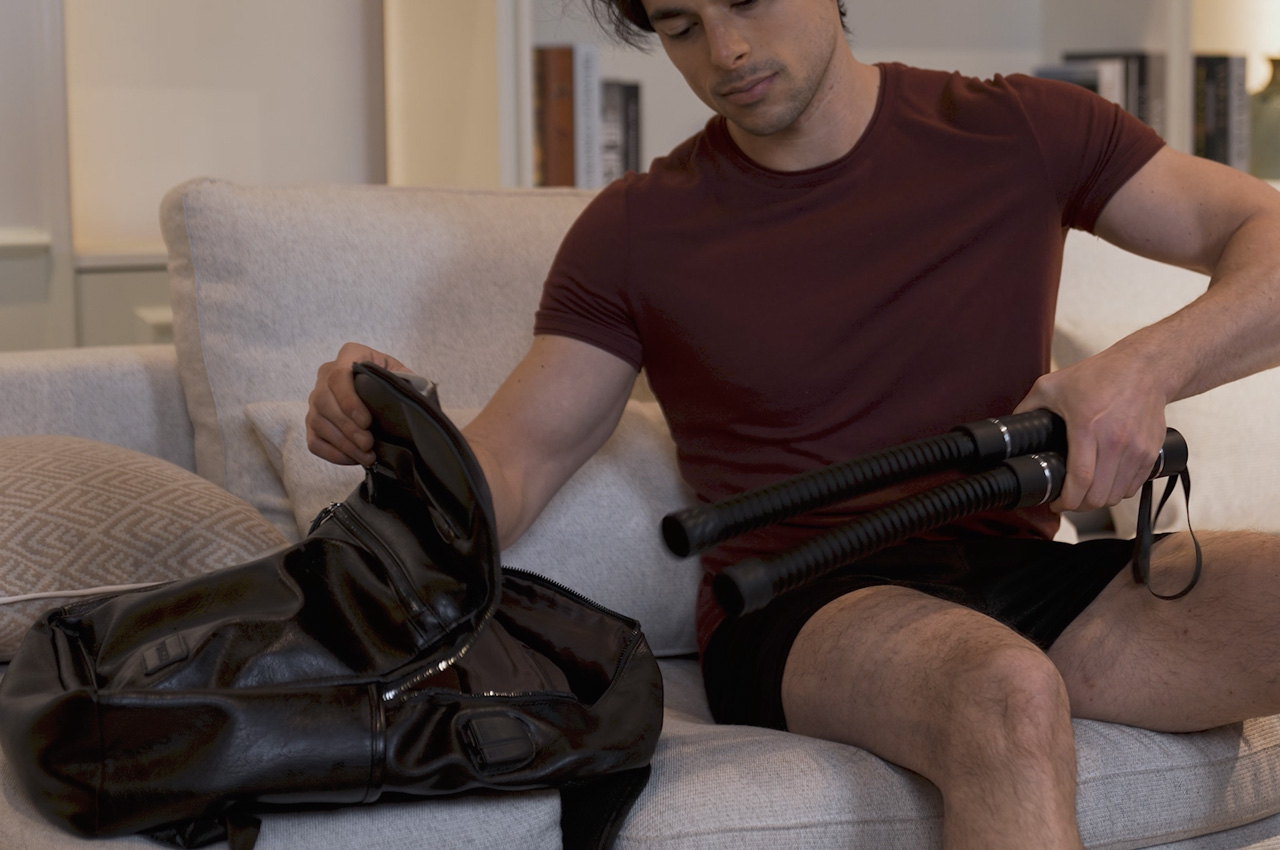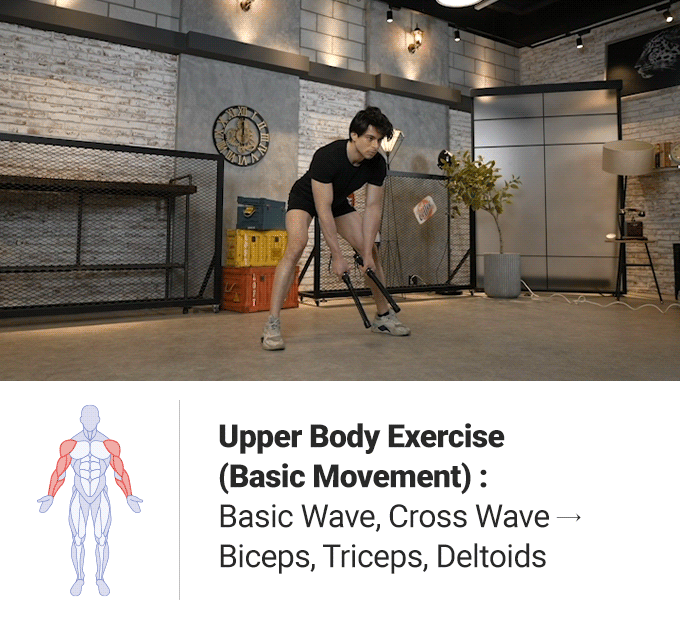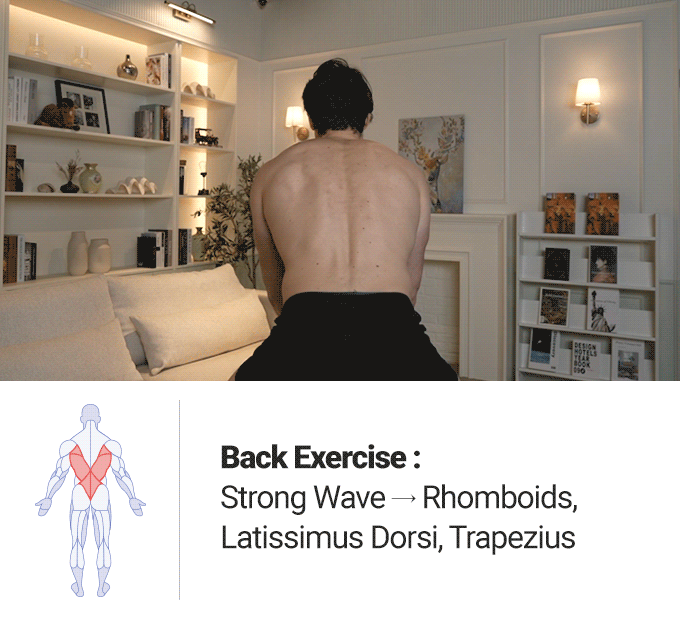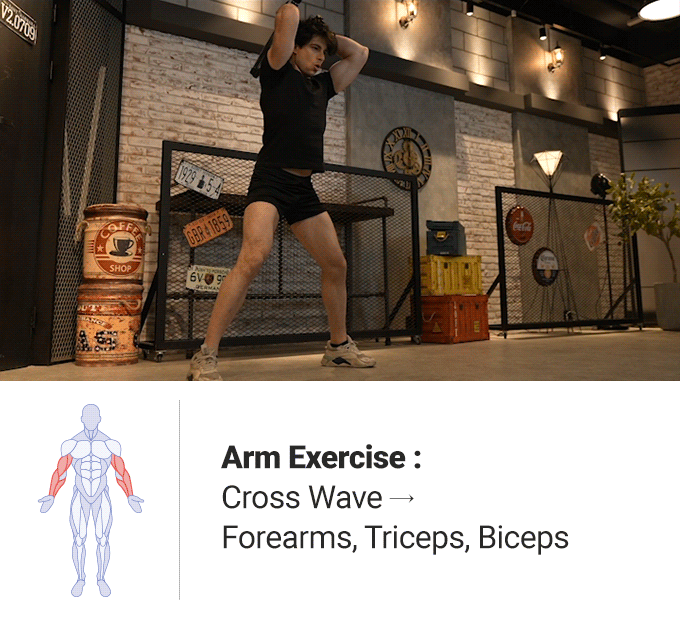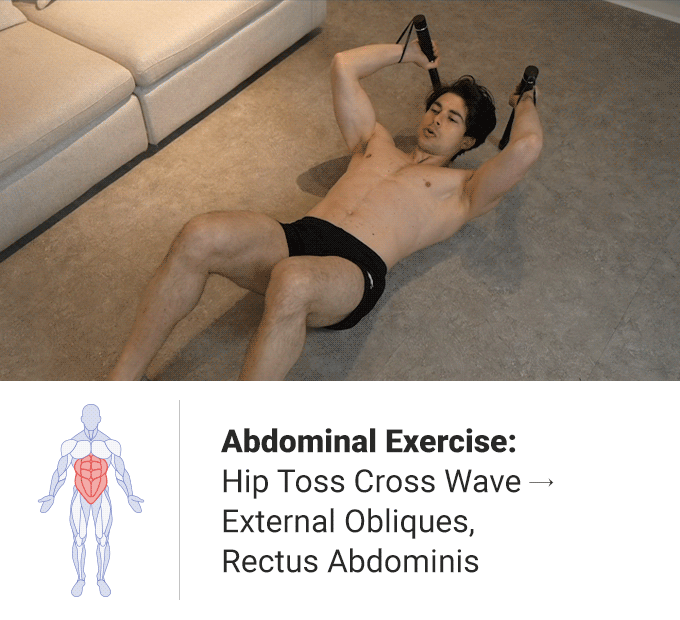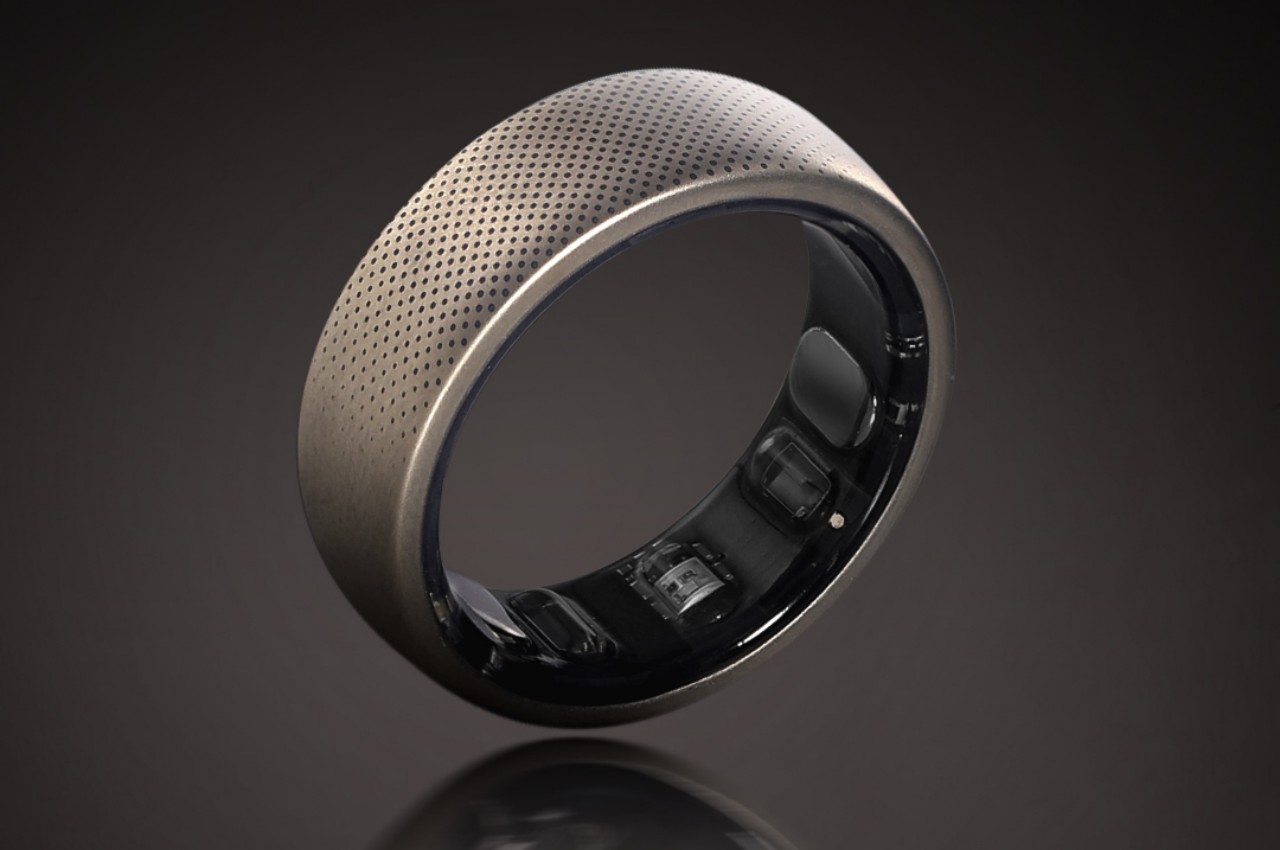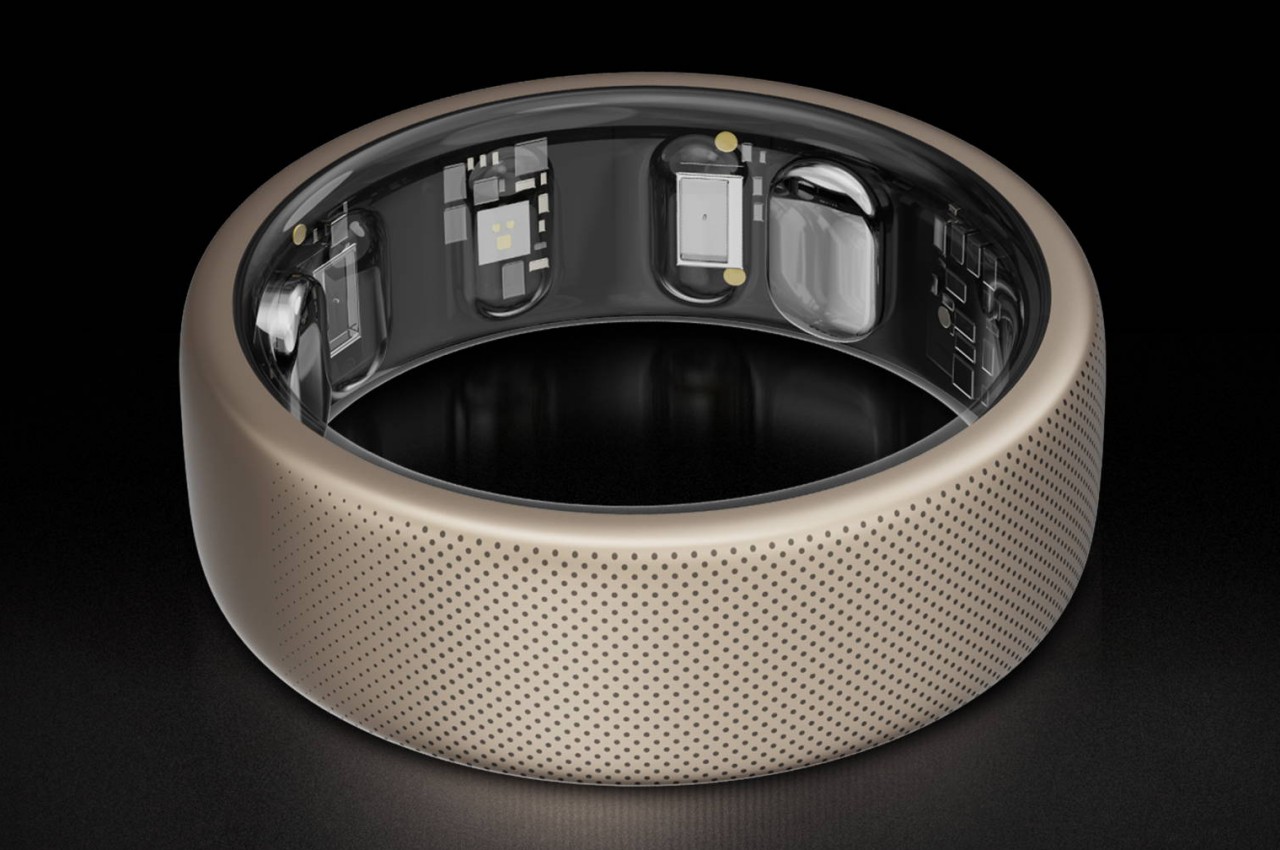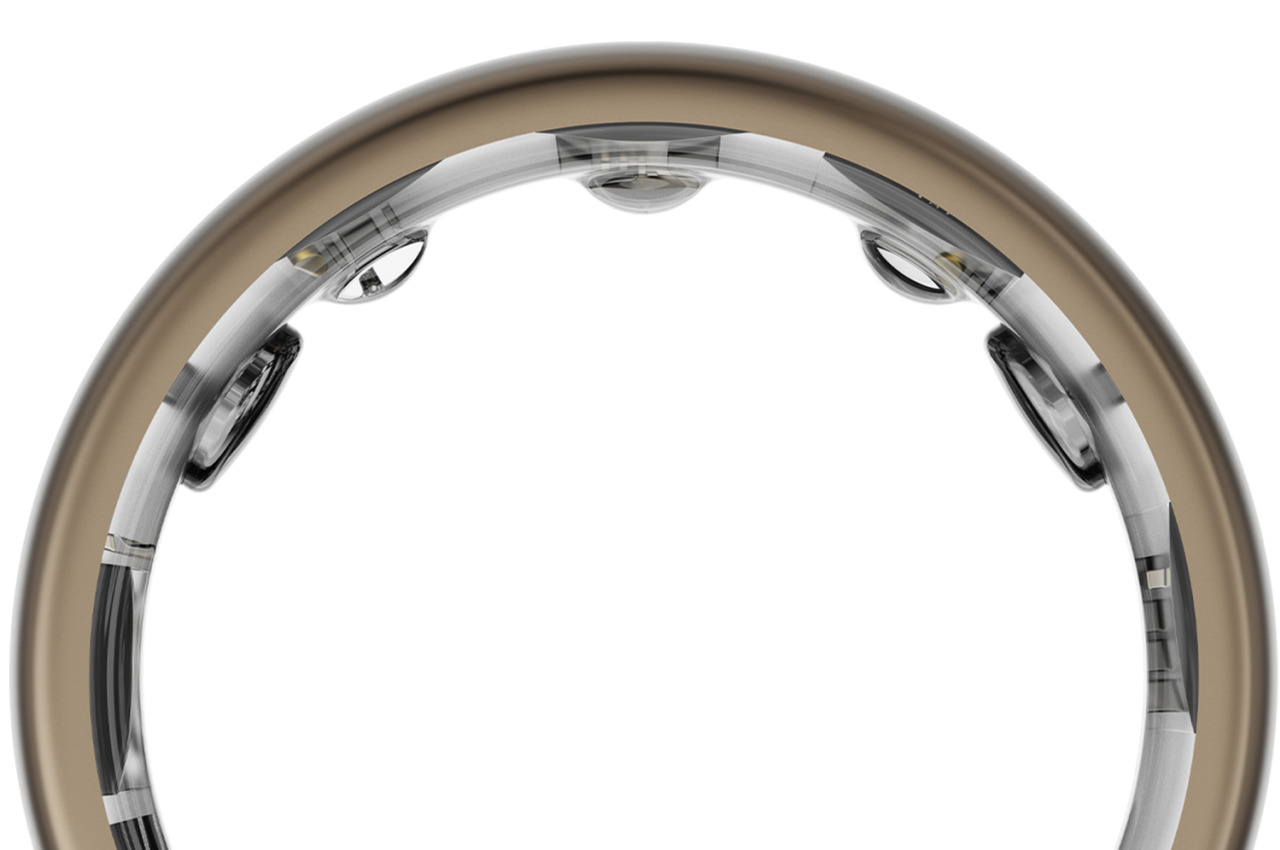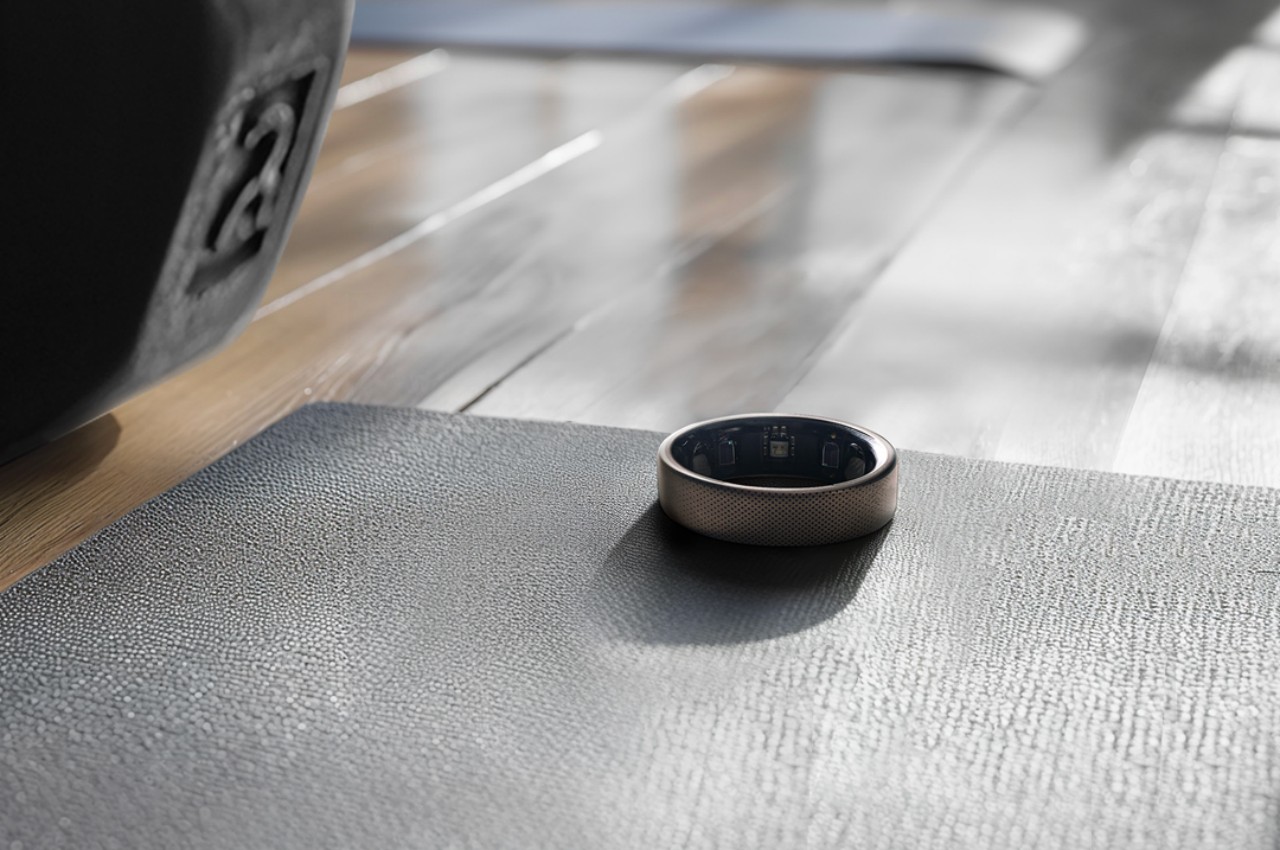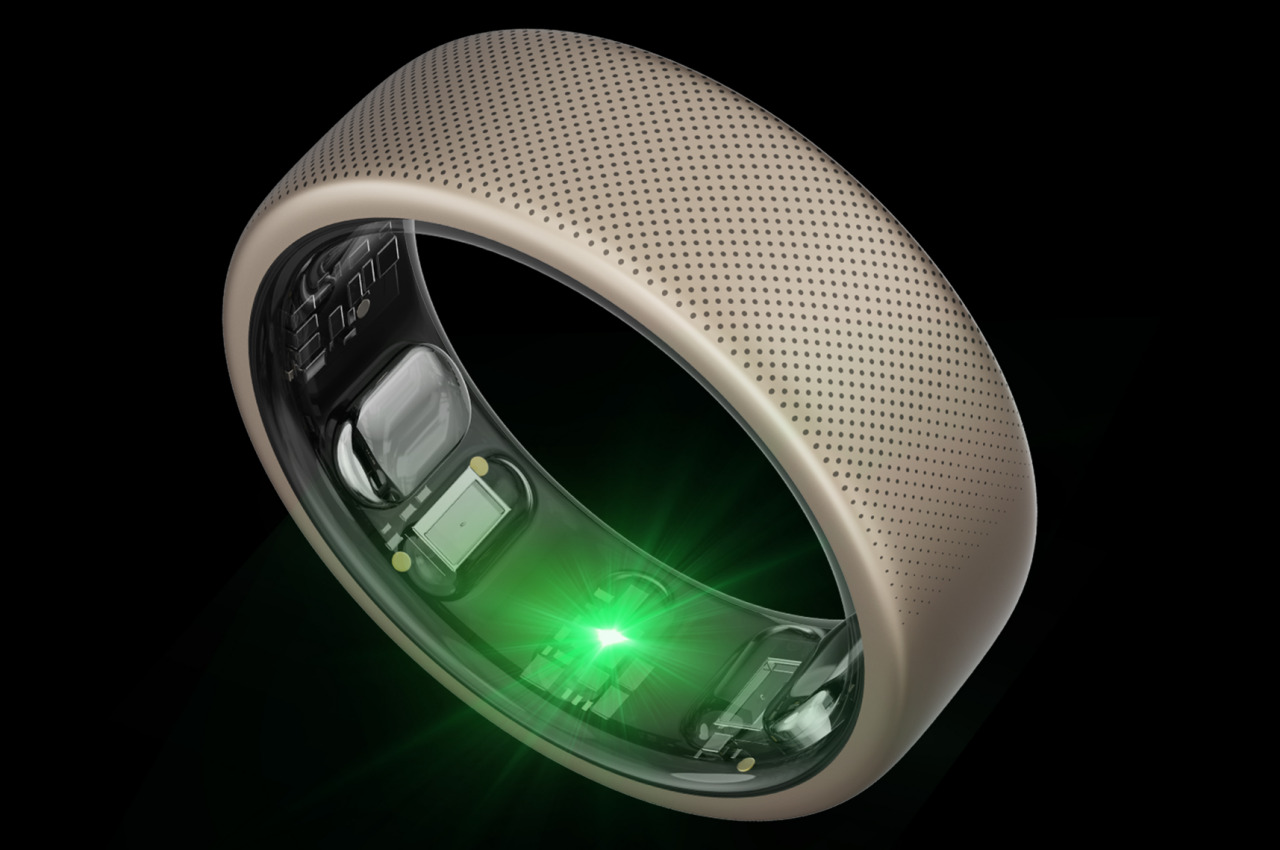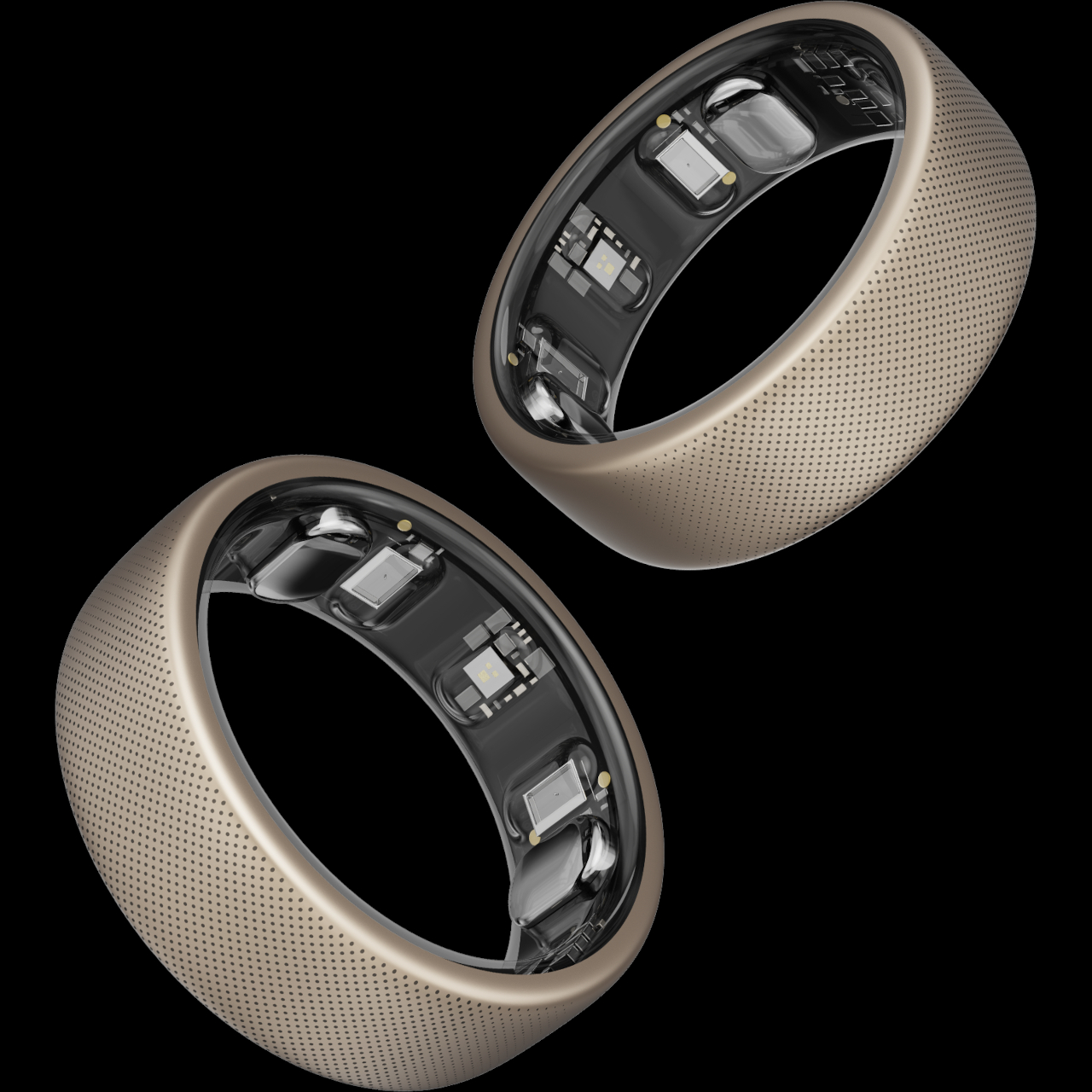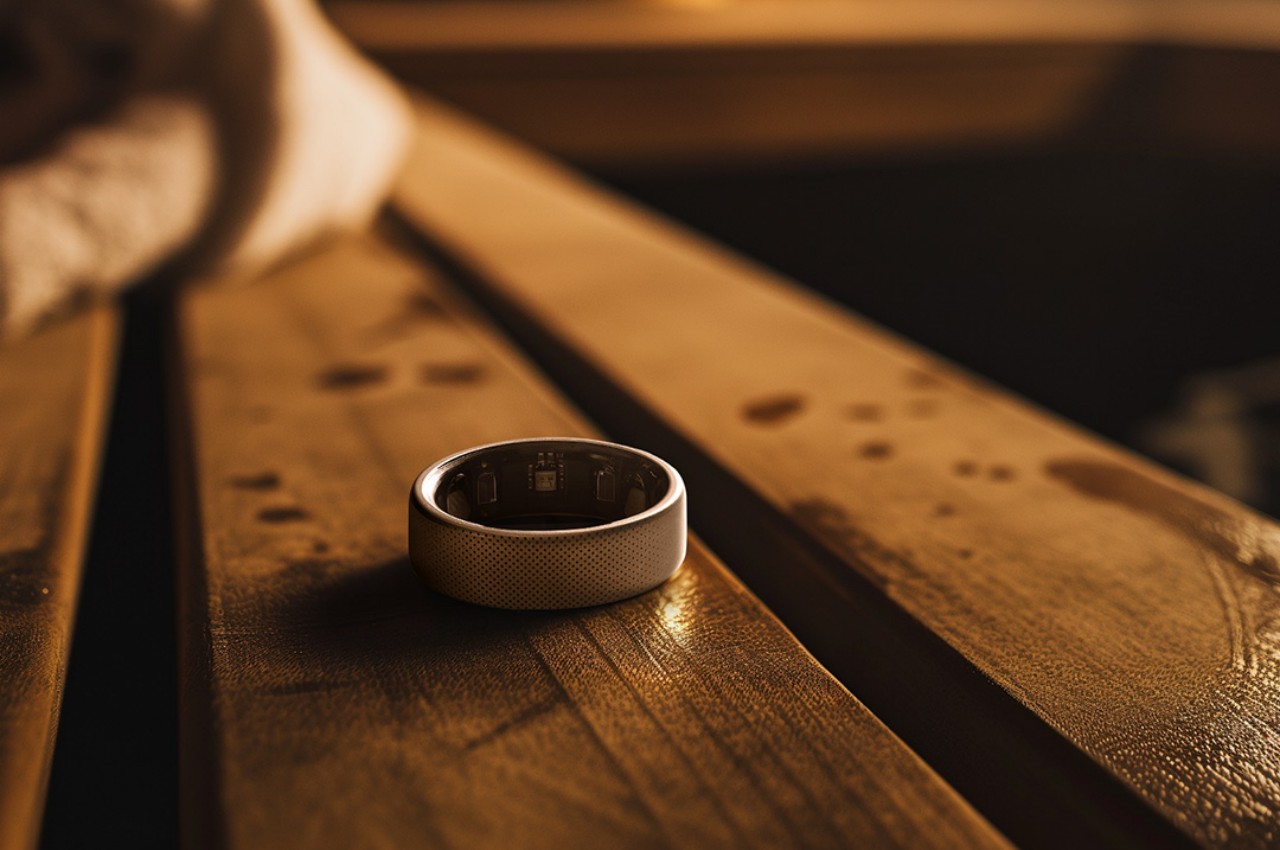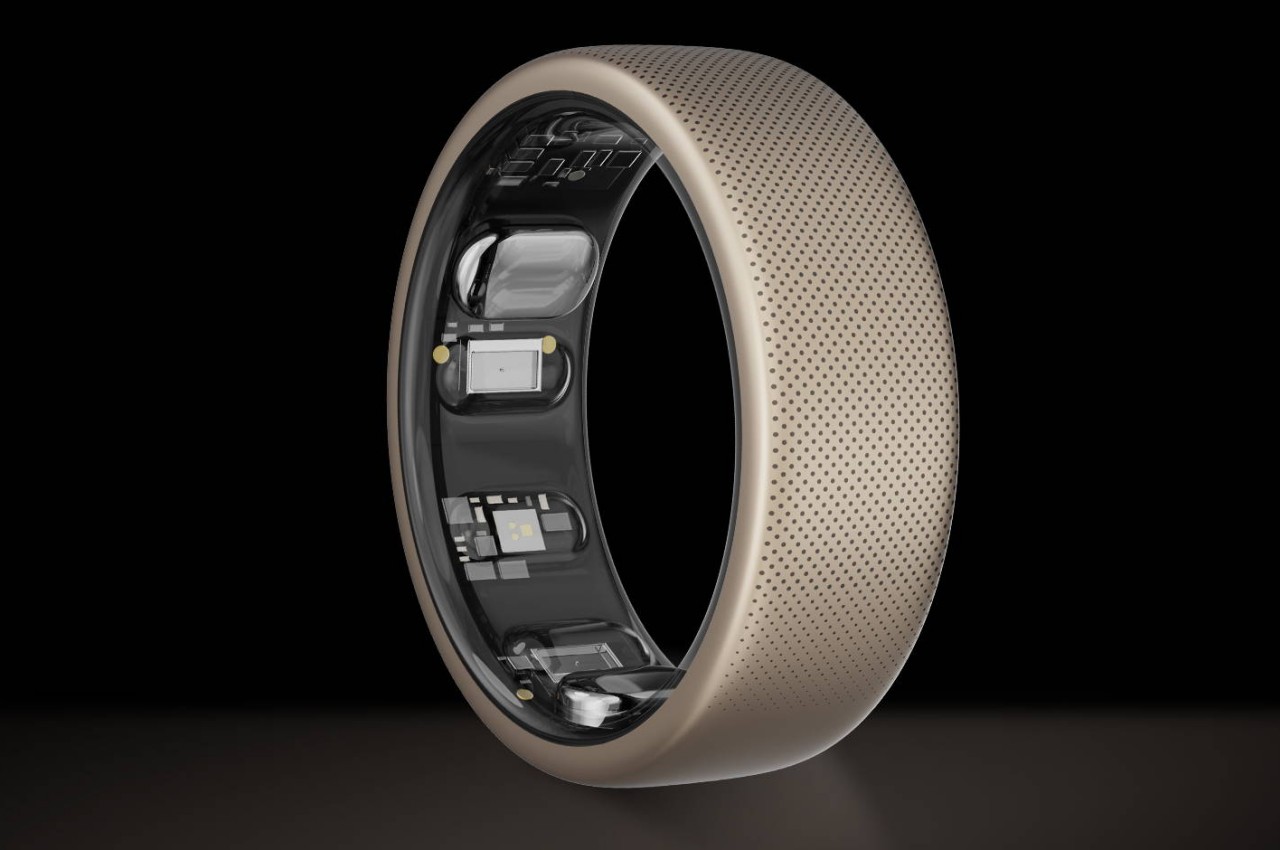Achieving your fitness goals doesn’t have to be expensive or complicated. Keeping track of your progress will be crucial, but not everyone needs to drop hundreds of dollars on the best smartwatches out there. The average affordable tracker might offer just the right tools to help kickstart your health journey, like a heart rate monitor, sleep quality data and so on. And, after testing a number of affordable fitness trackers, I can say with confidence that you might be surprised by how much a $100 (or less) wearable can do — a welcomed treat for those who don’t want to spend a ton of cash on an Apple Watch. Many of these gadgets go well beyond being glorified pedometers, providing in-depth reports on how you're sleeping at night or giving you a breakdown of your heart rate variability during a workout. But given their price, there will be some sacrifices. To help you decide which is right for you, I tested a number of the best cheap fitness trackers available today to find the ones that are worth your money.
What to look for in a cheap fitness tracker
All of the best fitness trackers should have at least three features: a program to track workouts or movement of some sort, the option to monitor and collect sleep data and the ability to measure health metrics like heart rate and blood oxygen levels (though, the readings might not be super accurate). Don’t set your sights too high and expect metrics like blood pressure monitoring; for that, you’d need to invest in a more expensive wearable like a Samsung Galaxy Watch, which will set you back over $400.
Fitness features
A cheap workout tracker can be great for someone looking to keep tabs on small, achievable goals like 10,000 steps before sundown or 30 minutes of a HIIT workout to get your heart rate peaking. An experienced long-distance runner looking to train for a triathlon might opt for a more expensive device that can measure cadence or ground contact time, and can track more customizable workouts, offer different sports modes or give deeper insights into performance data.
At the very least, a budget workout tracker should be able to offer fitness tracking features beyond walking and running — otherwise, it would just be a pedometer. The number of activities a device will recognize varies. Some will get funky with it and consider skateboarding a workout, while others won’t be able to track a jumping jack.
At this price, you can expect a device to measure a mix of cardio, machine workouts and strength training. With each, you might get a numerical or visual breakdown of heart rate activity, overall pace, and calories burned per session. Although some cheap trackers can offer a really good overview of heart rate zone activity during a workout, a more technically advanced device might be able to go a step further and explain what your results mean and coach you on how to keep your heart rate in a specific bracket so that you can burn more fat per workout. I found that the more budget-friendly the device, the more likely it is that a tracker will fall short when it comes to smart counseling or offering predictive insights beyond a given workout. If a budget tracker does happen to offer some semblance of a coaching program, you can expect it to sit behind a paywall.
Workout tracking and planning your recovery is just as essential to any fitness journey. A sub-$100 device should be able to tell you how long you’ve slept and provide a breakdown of deep, light and REM sleep activity. It's not a guarantee that you will get a sleep “score” or insights on how to get better rest — that data is usually found on more expensive wearables. Also, because these trackers aren’t designed for bedtime specifically — be mindful of comfort. The bands and watch face on a budget fitness tracker may not be ideal for getting some good shut-eye.
Connectivity and practicality
Not all activity trackers, budget-friendly or not, are designed to seamlessly integrate with a smartphone. The trackers tested for this roundup can’t directly make calls or send texts to contacts on a paired smartphone. They can, however, display and dismiss incoming calls and notifications via a Bluetooth connection. You can forget about checking your email or paying for a coffee from your wrist using these more affordable devices.
Most cheap fitness trackers also won't include a built-in GPS. Instead, they usually depend on a paired smartphone to gather location data. The drawback of using a fitness tracker without GPS is that it might not provide as precise for tracking distance or pace. You also can't use a budget tracker to get turn-by-turn directions during a walk or while running errands. For the more outdoorsy consumers, having GPS could be a key safety feature if you want this kind of functionality at your fingertips.
Design
You also might find that an inexpensive fitness tracker is harder to navigate than a more advanced smartwatch. Whether it be a screen size issue or simply not having a smart enough interface, don't expect every feature to be one that you can engage with directly on your wrist. Oftentimes, you will need to pull out your smartphone to log information or access more in-depth health data.
The quality and build of displays and bands will also vary in this category. Don’t expect the highest resolution OLED displays or the fanciest materials in the bands. But you can expect some level of sweat and water resistance.
Best cheap fitness trackers for 2024
Other cheap fitness trackers we tested
Wyze Watch 47c
I didn't have high expectations of the Wyze Watch 47c, but I was shocked at how little this tracker can do. The 47c can only track walks and runs. It has a dedicated widget, a small logo of a man running, and when you tap it, it begins measuring your pace, heart rate, calories burned and mileage. It does not auto-detect or auto-pause workouts and it doesn't differentiate between a run and walk. Most importantly, this device can’t track any other exercises. It’s basically a glorified pedometer.
The 47c was also my least favorite to sleep with, mainly because the square watch face is so large and heavy. Even if I did manage to sleep through the night with it on, it only gave me a basic sleep report.
Garmin vivofit 4
The Garmin vivofit 4 has a tiny display that is not a touchscreen and all navigation happens through one button. The watch face is impossible to read outdoors and the exercise widget is also very finicky. To start tracking a run, you have to hold down the main button and flip through some pages until you get to a moving person icon. Once there, you have to press the bottom right corner of the bar and hold down and if you press for too long or in the wrong spot, it’ll switch to another page, like a stopwatch. It’s incredibly frustrating.
Once you start a run though, it will start tracking your steps, your distance — and that's pretty much it. It does not auto-detect or auto-pause workouts. It doesn't alert you of any mileage or calorie milestones.
This article originally appeared on Engadget at https://www.engadget.com/best-cheap-fitness-trackers-140054780.html?src=rss











